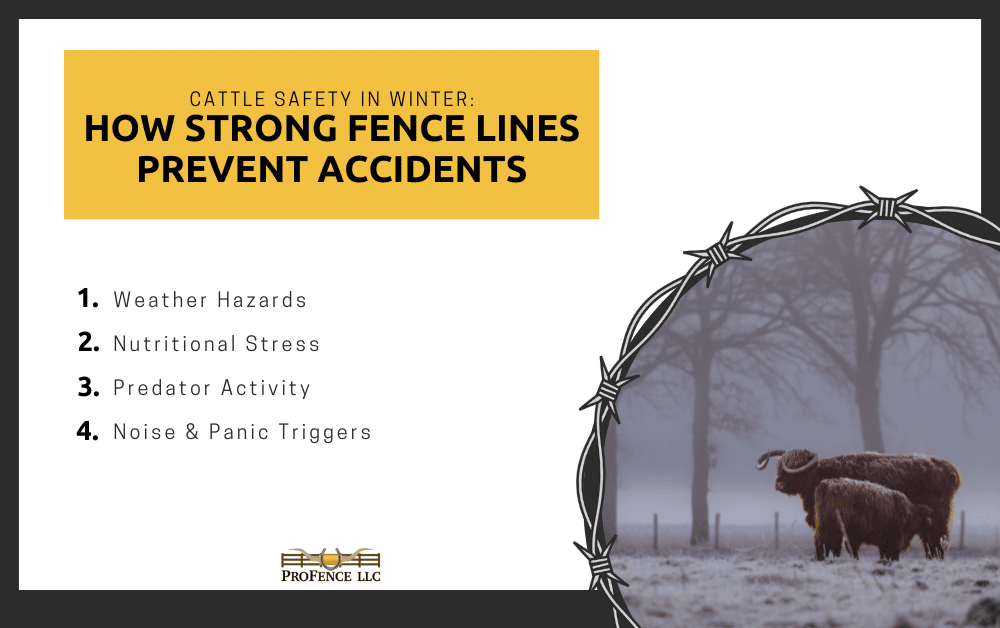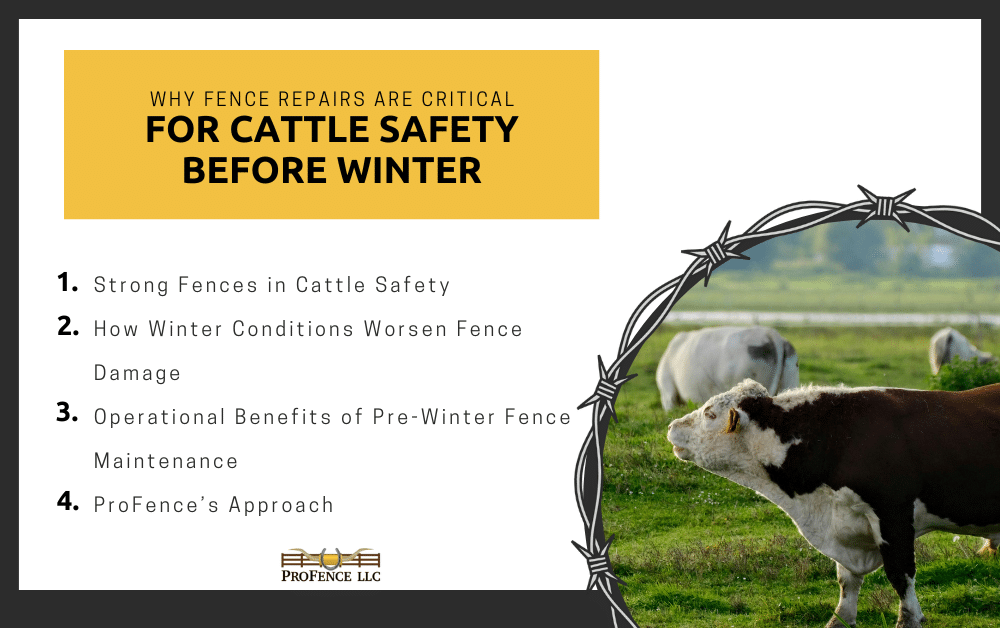Summer brings longer days, greener pastures—and unfortunately, relentless weed growth. For property owners with fencing, especially farmers and livestock managers, keeping fence lines clear of weeds, vines, and brush is a crucial part of seasonal maintenance. Letting growth get out of hand can damage your fence, reduce its effectiveness, and lead to costly repairs.
With summer just around the corner, now is the time to prepare. In this blog, we’ll break down why fence line maintenance matters, how to handle weed overgrowth, and what tools and tips will help you get the job done right.
Why Fence Line Maintenance Matters in Summer
During the warmer months, weeds and vines seem to grow overnight—especially after a good rain. While it might seem like a cosmetic problem, overgrowth along your fence line can cause serious issues, including:
- Shorting out electric fences as weeds and grass touch the hot wires
- Sagging and tension problems caused by vines pulling on the fence
- Structural damage as tree saplings grow up around posts or stretch wires
- Pest problems, as tall weeds create habitats for rodents, snakes, and insects
- Increased fire risk in dry conditions when weeds become tall and brittle
A little prevention now goes a long way in protecting your investment and keeping your fence effective through the peak of the growing season.
Common Vegetation Problems Along Fence Lines
Different regions face different vegetation threats, but most property owners deal with some combination of the following:
- Weeds: Tall grasses, thistle, goldenrod, ragweed, and nettles often spread quickly along fence lines.
- Vines: Poison ivy, honeysuckle, Virginia creeper, and grapevine can quickly latch onto fences and pull them down.
- Trees & Saplings: Fast-growing species like sumac, mulberry, or locust can start as small shoots and turn into major problems if left unchecked.
Unchecked growth doesn’t just stress your fence—it creates headaches that get worse (and harder to manage) later in the summer.
Best Tools and Equipment for Clearing Fence Lines
To get ahead of the weeds, you’ll need the right tools. Here are some must-haves for effective fence line clearing:
- String Trimmers (Weed Whackers): Ideal for cutting grass and light weeds right up to the fence posts.
- Brush Cutters: More powerful than a standard string trimmer—great for heavy weeds and small saplings.
- Loppers and Machetes: Perfect for cutting woody vines and thicker brush.
- Chainsaw: Necessary for removing tree limbs or saplings that threaten fence integrity.
- Tractor Attachments (Brush Hog/Fence Line Mower): Efficient for large properties or long fence runs.
- Herbicide Sprayers: Spot-treating persistent weeds can reduce regrowth, but always follow safety guidelines around animals and crops.
For safety, make sure to wear protective gear—gloves, eye protection, and sturdy footwear—especially when using powered tools.
Electric Fence Owners: Watch for Shorts
Electric fencing is especially vulnerable to vegetation. As weeds and grass grow up and touch the hot wire, they drain voltage and reduce effectiveness. This can lead to livestock testing the fence—or worse, escaping it.
To avoid this:
- Maintain a clear 1–2 foot buffer under and around electric wires.
- Use a string trimmer or mower regularly during high-growth months.
- Consider herbicide strips or gravel zones under wire to prevent growth entirely.
- Walk the fence weekly to catch early signs of shorts or damaged lines.
Keeping the line clear ensures your electric fence stays hot and functional all summer long.
Preventive Measures to Keep Growth Down
Once your fence line is cleared, prevention is key. Here are some ways to reduce the need for repeated maintenance:
- Install weed barriers like mulch, gravel, or landscaping fabric under new fences to suppress growth.
- Mow regularly on both sides of the fence to stop weeds before they seed.
- Apply selective herbicides for problem areas—but follow all safety labels if livestock are nearby.
- Trim overhanging trees to reduce shade and moisture, which helps weeds thrive.
- Use livestock strategically—goats and sheep, for example, can help control low vegetation in a managed rotation.
A little planning now can mean fewer headaches when the July heat rolls in.
How Often Should You Clear Fence Lines?
There’s no one-size-fits-all answer, but here are some general guidelines:
- Monthly checks during the growing season (May through September) are ideal for most properties.
- Electric fences may need weekly spot checks—especially during wet weeks when growth spikes.
- After major storms or heavy rains, do a quick visual inspection to ensure no damage or sudden growth is impacting your fence.
Staying on top of maintenance reduces the risk of surprises—like blown breakers, broken posts, or trapped wildlife.
Why ProFence Installs With Maintenance in Mind
At ProFence, we don’t just install fences—we install long-lasting solutions designed for real-world conditions. That includes taking fence line maintenance into account during planning and installation.
From proper post spacing to smart clearing around the install site, we help set you up for success from day one. Our fences are built to be easy to maintain, durable in every season, and reliable for decades—whether you’re managing cattle, horses, or property boundaries.
Ready to Tame Your Fence Lines This Summer?
Don’t wait until weeds and vines take over your fence. A clean, clear fence line means a safer, longer-lasting fence—and fewer maintenance headaches later in the season.
Need help installing a fence that’s easy to manage? Contact ProFence today for expert installation and advice on fence line preparation that holds up in any season.







